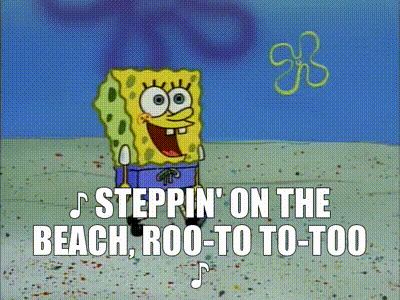What is it?
First of all, the cuboid bone is one of the seven tarsal bones. It is located on the outside of your foot. It attaches your foot to your ankle and helps stabilize your foot in standing positions. This bone helps with the movement of your toes. As it plays an important role in walking and daily living, your cuboid can experience several injuries. It can be fractured, dislocated or have other stress related injuries. These injuries happen with prolonged stress to the area. As I have recently learned from my own experience, long walks on the beach with an angled surface can also cause an injury to this area.
Symptoms
Symptoms of a cuboid injury include pain along your little toe, difficulty walking or hopping, and reduced range of movement. You may also experience increased sensitivity along the bottom of your foot. These symptoms can range from dull and aching or sharp and intense.
Treatment
Treatment for these types of injuries used to be suggested by using RICE (Rest, Ice, Compression, Elevation). But the research now suggests that this does little for recovery, especially outside of the first 3-5 days. However, if you have a fracture a walking boot and potentially non weight bearing orders are usually given for some time. Rarely is surgery necessary for a cuboid fracture. Sometimes you can dislocate something in this area. If so, we can perfom manual therapy, which is the best way to help. We will follow this up with a strength and stabilization program which helps prevent further issues. After physical therapy, there is a strong chance that you can return to all activity with no limitations.
Overall, your foot can be very complex, but it is essential to all activity. If you feel that you have recently experienced a cuboid issue or have any of these similar symptoms, please feel free to reach out to our office for further evaluation.
Written By: Casey Badder, PT



